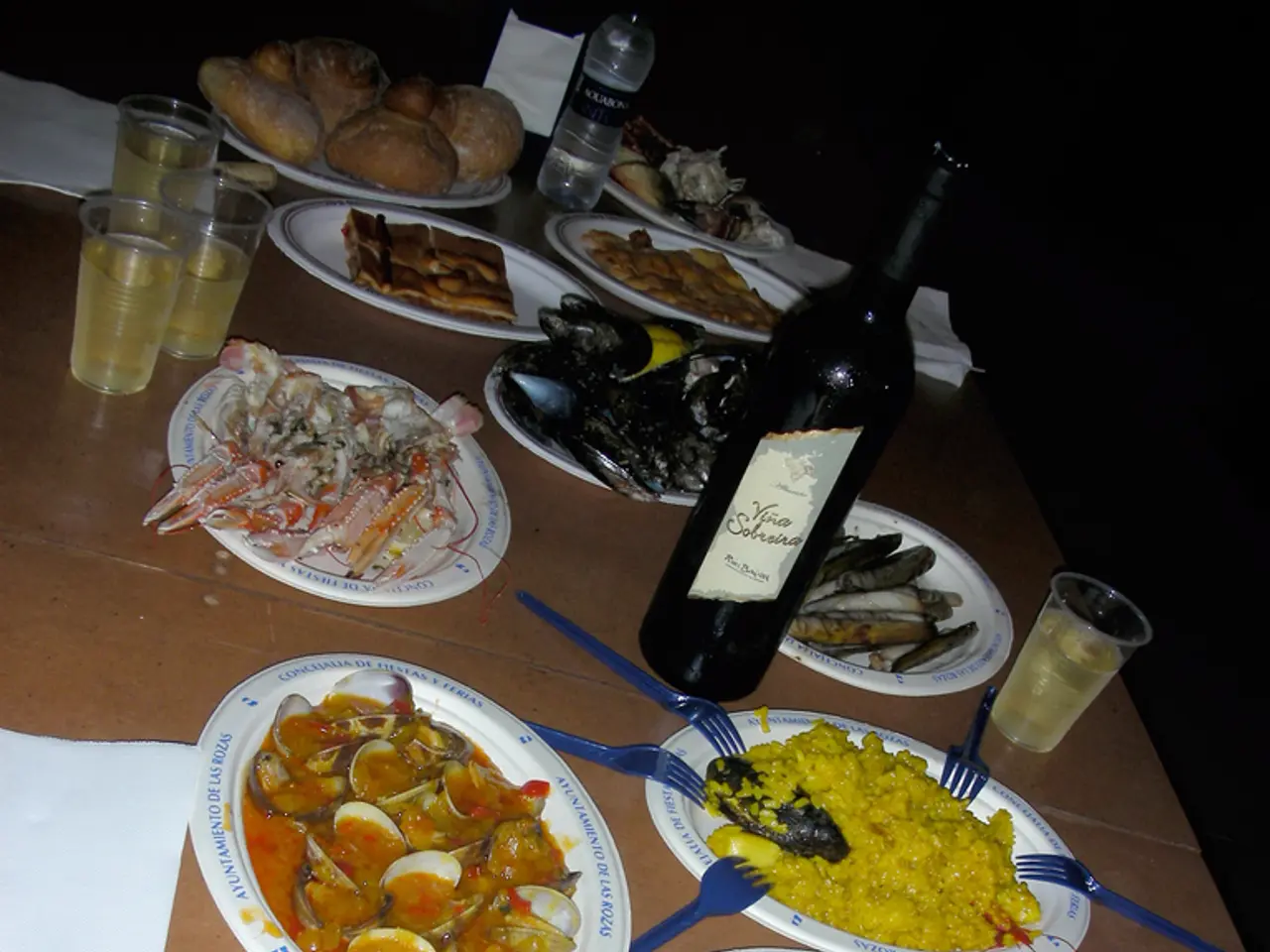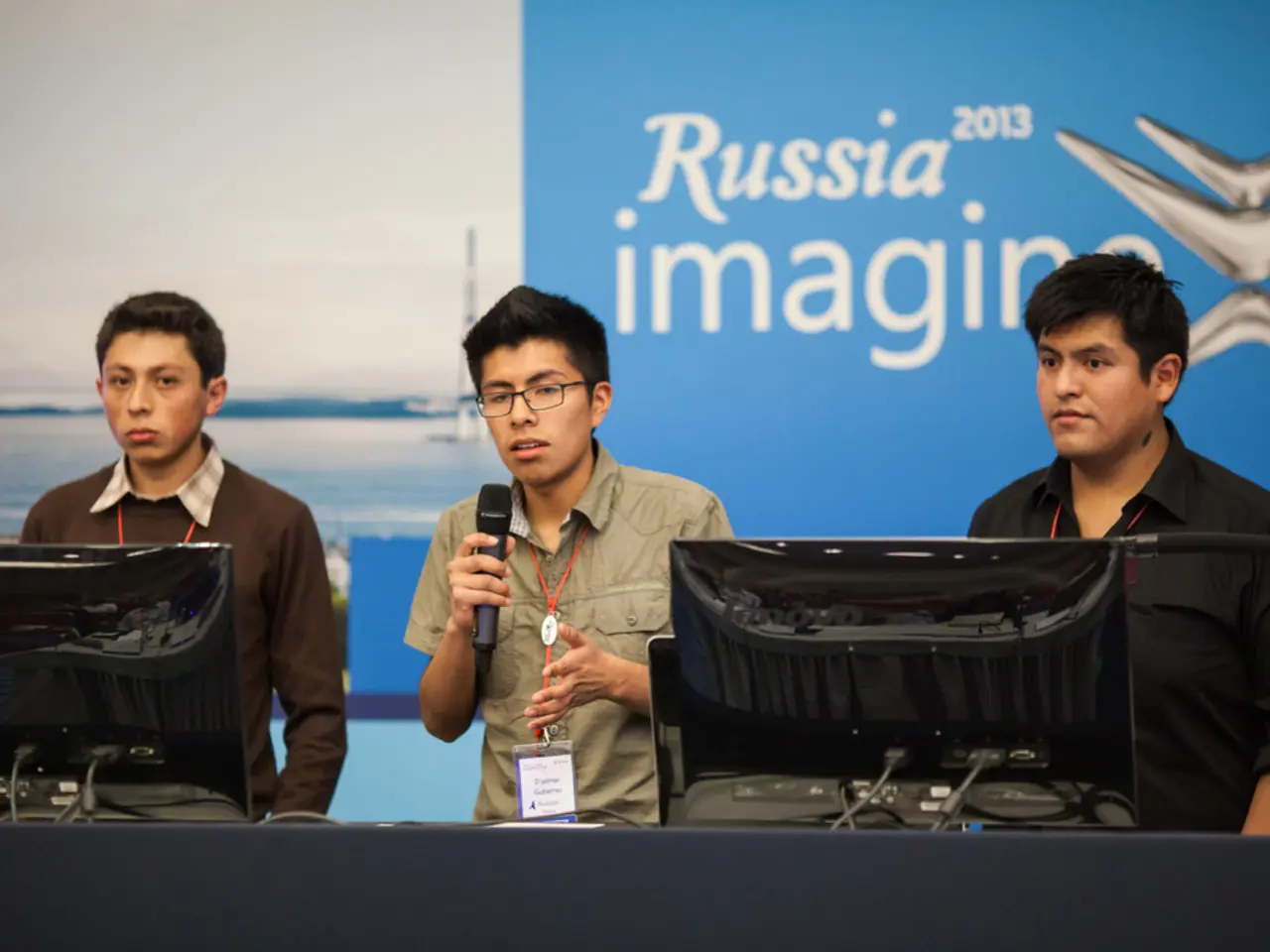Neanderthal secrets revealed by researchers once again
In a groundbreaking discovery, Israeli scientists, led by Anaëlle Jallon from the Hebrew University of Jerusalem, have uncovered evidence of culturally specific food preparation traditions among Neanderthals living in prehistoric Israel. The findings, based on an analysis of butchery marks on animal bones from two prominent Neanderthal sites, Amud Cave and Kebara Cave, suggest a rich cultural life among these ancient humans that extends beyond mere survival strategies.
Located just 70 kilometers apart and occupied around 50,000 to 60,000 years ago, both groups of Neanderthals shared similar living conditions and hunted the same prey, primarily gazelles and fallow deer. However, the patterns of cut marks on the bones were markedly different between the two sites. At Amud, the cuts were denser, intersecting, and curved, while at Kebara, the cuts were straighter.
The researchers, who analysed 249 bone fragments from the Amud Cave and 95 from the Kebara Cave, found that these distinctions could not be explained by tool type, butcher skill, available resources, or environmental pressures. Instead, they propose that these differences were learned behaviours, transmitted through generations via social learning within each group.
These distinct butchery practices indicate that even subsistence activities like food preparation could reflect group identity, local traditions, and possibly ritual or symbolic behaviours. The findings challenge the long-held view of Neanderthals as culturally uniform and highlight their capacity for regional diversity and cultural transmission.
Archaeologist Matt Pope from University College London compares the cuts on bones to handprints on cave walls, emphasising their significance as movements of ancient people. He suggests that these butchery practices could have played a role in reinforcing social identity and cohesion within Neanderthal communities.
The study's conclusions have been welcomed by experts in the field. One such expert, who was not directly involved in the new study, commented, "The subtle differences in cut-mark patterns between Amud and Kebara may reflect local traditions of animal carcass processing... Even though Neanderthals at these two sites shared similar living conditions and faced comparable challenges, they seem to have developed distinct butchery strategies, possibly passed down through social learning and cultural traditions."
In essence, the evidence from this study suggests that Neanderthals had unique, culturally transmitted food preparation traditions, with differences indicating not just survival tactics, but also a rich cultural life, with traditions likely handed down within families or groups. This discovery debunks the myth of a single culture among ancient Neanderthals, revealing diverse lifestyles among groups living in the same territory.
Science reveals distinct, culturally transmitted food preparation traditions among Neanderthals, as evidenced by the medical-conditions analysis of butchery marks on animal bones from two prominent Neanderthal sites, Amud Cave and Kebara Cave. Technology, in the form of understanding tool types and butcher skill, could not explain these differences, but social learning and cultural traditions are proposed as possible causes.




